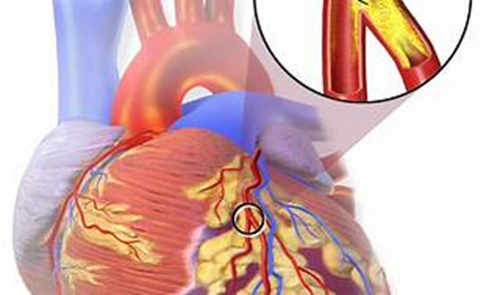The nurse is caring for a client with advanced cirrhosis. Which of the following clinical manifestations should the nurse recognize as a serious complication of this condition?
Frequent nosebleeds and bruising
Urinary retention
No bowel movement in three days
Increased blood glucose
The Correct Answer is A
Choice A reason: Frequent nosebleeds and bruising are indicative of coagulopathy, a common complication in advanced cirrhosis due to the liver's impaired ability to synthesize clotting factors. This can lead to an increased tendency to bleed.
Choice B reason: Urinary retention is not typically associated with cirrhosis. Instead, cirrhosis can lead to renal dysfunction known as hepatorenal syndrome, characterized by the failure of the kidneys to filter waste from the blood².
Choice C reason: While constipation can occur in cirrhosis, no bowel movement in three days is not a direct complication of cirrhosis. However, it could be related to the overall health status of the patient or medications used.
Choice D reason: Increased blood glucose is not a direct complication of cirrhosis. Cirrhosis primarily affects the metabolism of proteins and fats and does not directly cause hyperglycemia unless there is concurrent diabetes or metabolic syndrome.
Nursing Test Bank
Naxlex Comprehensive Predictor Exams
Related Questions
Correct Answer is ["A","B","C","D","E","F"]
Explanation
Choice A reason:Profuse vomiting with a fecal odor can occur in large bowel obstructions due to the backward flow of bowel contents.
Choice B reason:Epigastric abdominal distention is a common finding in bowel obstructions due to the accumulation of gas and fluids.
Choice C reason:Intermittent abdominal cramping results from the bowel's attempt to push contents through the obstructed area.
Choice D reason:Ribbon-like stools or diarrhea may occur if there is a partial obstruction allowing some contents to pass.
Choice E reason:Metabolic acidosis can develop due to the accumulation of lactic acid from tissue hypoxia and decreased perfusion.
Choice F reason:Severe fluid and electrolyte imbalance can result from vomiting and the inability to absorb fluids and nutrients properly.
Correct Answer is A
Explanation
Choice A: Troponin Troponin levels increase within 3-12 hours from the onset of chest pain, peak at 24-48 hours, and return to baseline over 5-14 days. Troponin is a protein found in cardiac muscle fibers that regulates muscular contraction. When heart muscle is damaged, as in the case of an MI, troponin is released into the bloodstream. The elevation of troponin levels is a key indicator of myocardial infarction and can be used to diagnose and assess the extent of heart muscle damage. Troponin is the most reliable laboratory value that is expected to be elevated following a myocardial infarction, making it the correct choice in this scenario.
Choice B: Aspartate aminotransferase (AST) AST is an enzyme found in high concentrations in the liver, heart, muscles, kidneys, and brain. It is released into the bloodstream when any of these tissues are damaged. While AST can be elevated in cases of MI, it is not as specific as troponin because it is present in many other tissues besides the heart.
Choice C: Serum amylase Serum amylase is an enzyme that helps digest carbohydrates and is primarily associated with the pancreas and salivary glands. Its elevation is not specifically related to myocardial infarction but can be seen in other conditions such as pancreatitis.
Choice D: Unconjugated bilirubin Unconjugated bilirubin is a breakdown product of hemoglobin from red blood cells. Elevated levels of unconjugated bilirubin are typically associated with conditions affecting the liver or the breakdown of red blood cells, not myocardial infarction.

Whether you are a student looking to ace your exams or a practicing nurse seeking to enhance your expertise , our nursing education contents will empower you with the confidence and competence to make a difference in the lives of patients and become a respected leader in the healthcare field.
Visit Naxlex, invest in your future and unlock endless possibilities with our unparalleled nursing education contents today
Report Wrong Answer on the Current Question
Do you disagree with the answer? If yes, what is your expected answer? Explain.
Kindly be descriptive with the issue you are facing.
